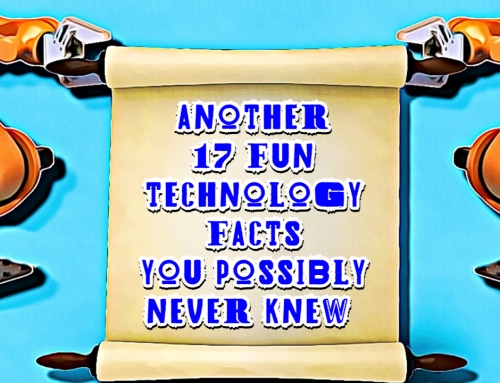The long awaited date has been announced.
You can upgrade to Microsoft Windows 10 operating system for free from 29th July 2015, but what does this mean for you and should you take up this offer right away?
What’s new in Windows 10?
Microsoft has said that this will be the last-ever version of the Windows operating system in its current form. Future upgrades will be rolled out in a similar manner as OS X for Mac.
It will be possible to use Windows 10 across all Microsoft devices, including desktops, laptops, tablets, smartphones. However, the release will commence with PCs then staggered across other devices.
Windows 10 brings back the Start Menu, which was removed in Windows 8 in favour of ‘tiles’. This reversal has been made with the wider adoption of touchscreen devices in mind.
The resizable tiles have not completely gone in Windows 10. They appearing when you open the Start Menu and will alert you to new emails and social media messages as well as weather information.
A new feature called Continuum will allow people using Windows 10 with a mouse and keyboard to see the new system in a classic desktop mode, but when switching to a tablet or smartphone they’ll see it transform into touchscreen mode.
Goodbye to Internet Explorer and hello to Windows 10 new web browser, Microsoft Edge. Microsoft Edge will allow you to annotate webpages or save them to read later.
There’s a new Microsoft’s personal assistant tool called Cortana, which will pop-up with notifications and act as a search tool. You may have already used this in Windows Phone.
Should you upgrade to Windows 10 now?
You have 1 year in which to take up the free upgrade. Our advice is to wait until January 2016. This gives plenty of time for any bugs to be ironed out. By the New Year upgrading should be less disruptive and more straightforward and you still have several months in which to plan it.








